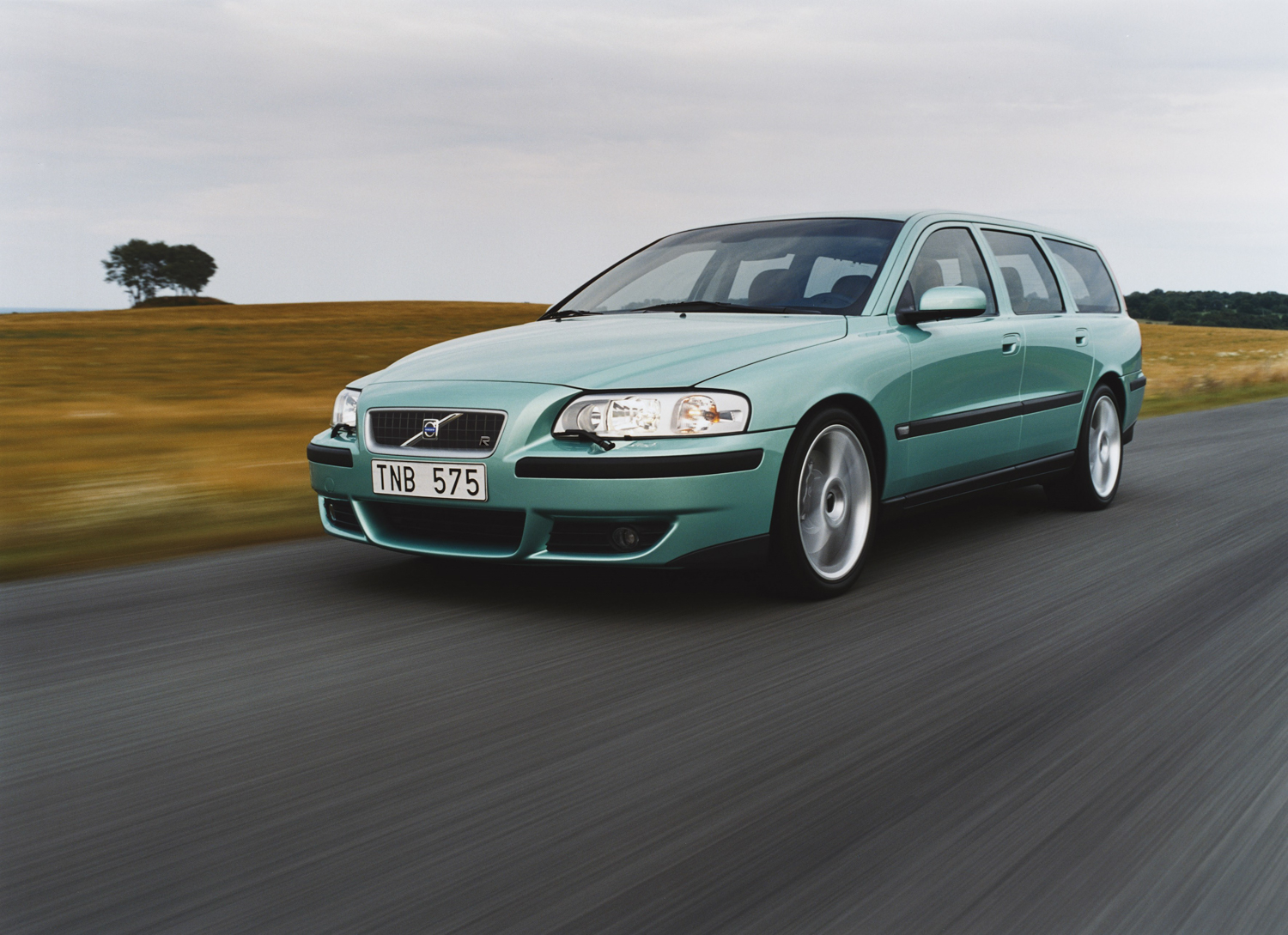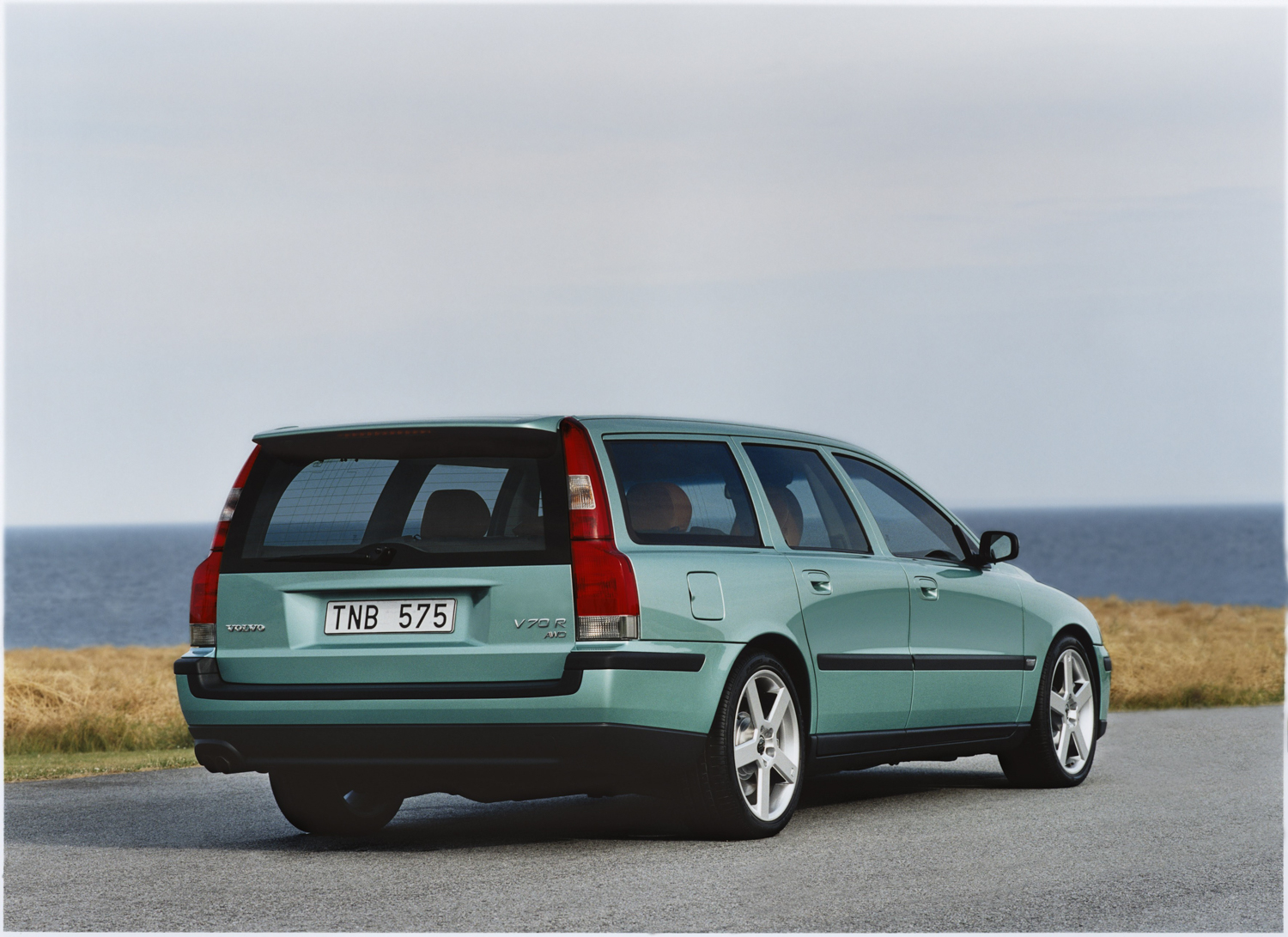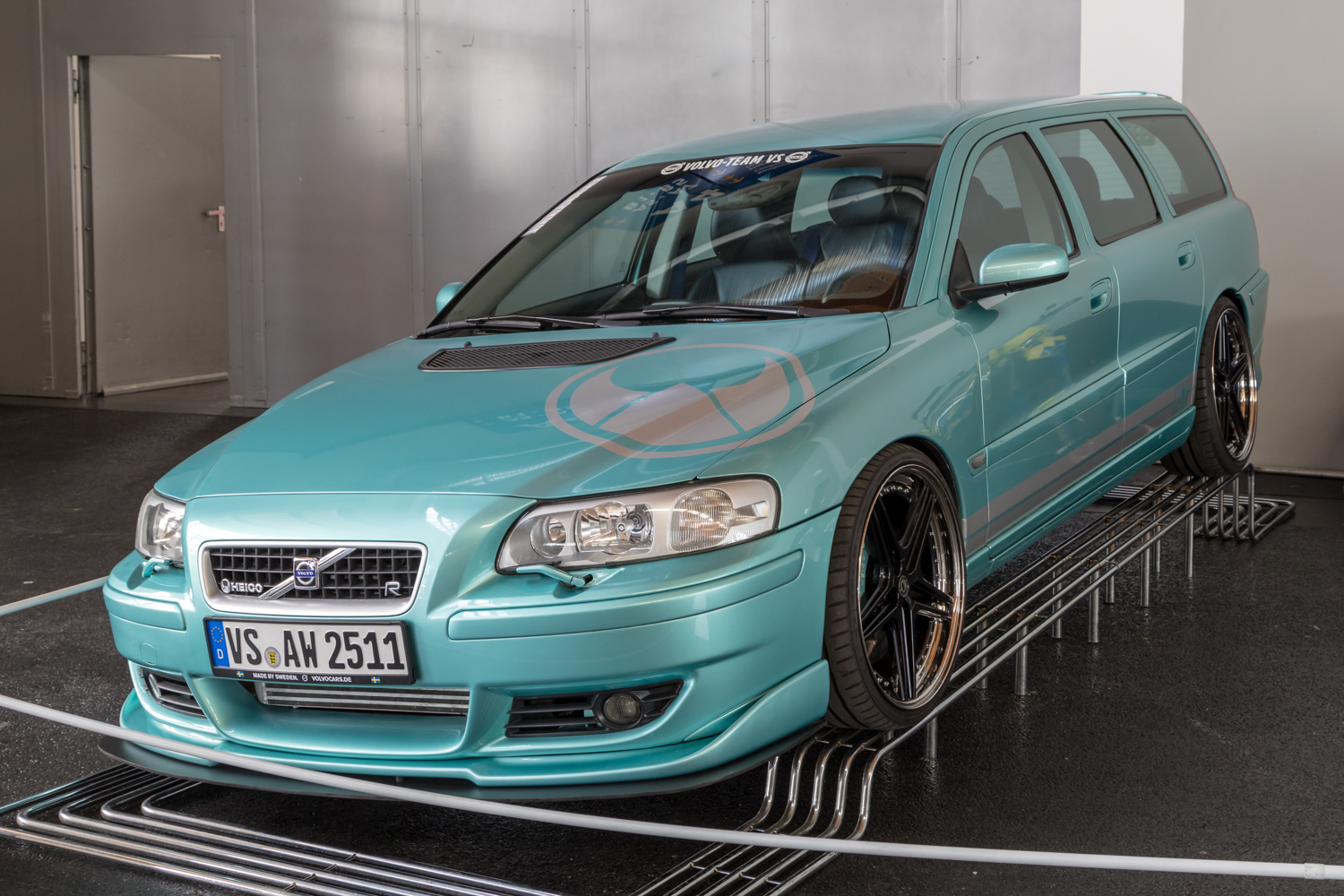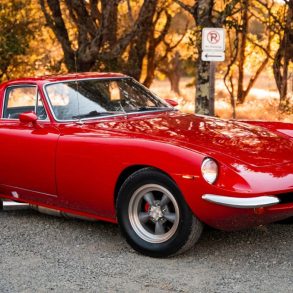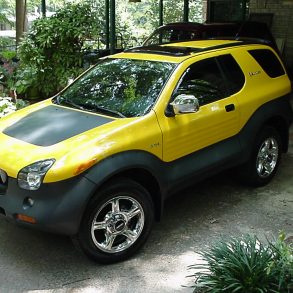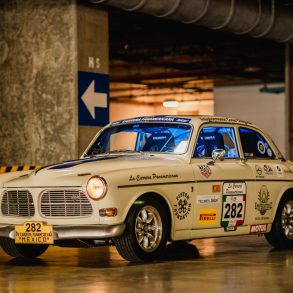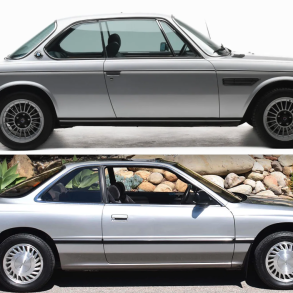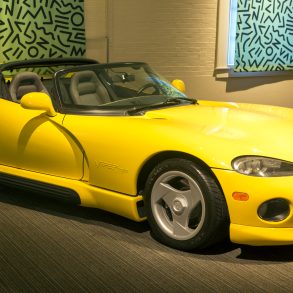It’s that time of year. When we celebrate that hallmark of Americana, Father’s Day. Get out the smoker, grill some burgers, whip up a giant pot of Dad’s Secret Chili, and get ready for an onslaught of eye-roll worthy puns. Whatever your family traditions, if you have kids, siblings, or an extended family, chances are you have some familiarity with station wagons. And while we all know the lore of ’60s and ’70s wagons including Chevy Chase’s iconic weapon of choice, the “Family Truckster,” I’m here to talk about a whole other class of wagon, the Volvo V70R.
Wait…Volvo? In a design column? And the wagon? How did we get here? And how did Volvo build one of the most amazing performance station wagons to haunt soccer field parking lots all over the world? Turns out, Swedish engineers and designers are big fans of performance. But unlike the often-flamboyant Italians, or the demanding Germans, Volvo presents their performance prowess with understated style, quietly charming drivers with their primary motivation, safety. Swedish companies build incredible jet planes, fantastic rally cars, and not surprisingly, there’s a tiny little sports car company that happens to hold astonishing speed records, Koenigsegg. But most of this tends to happen under the radar. And that’s exactly the magic of the Volvo V70R wagon – the perfect dad wagon for performance-oriented family patriarch.
Unlike more costly performance wagons like the AMG series Mercedes-Benz or contemporary performance-luxury low profile SUVs, the Volvo V70 wagon was ideally poised in the sweet spot of automotive technology and design when the century turned, manual transmissions were still being made, and families were looking for a fun, but practical car. Launched in 1996, the first generation V70 developed upon the earlier 850 wagon themes which expanded on the formerly crisp lines of earlier Volvos. Less box-like and more refined, the new surfaces were stretched over familiar bone lines but conveyed more muscle, more energy, and in the top-level R package, by 2000 a whopping 261 hp could excite dual exhaust, manual transmission models into serious sports car performance territory. The second generation (2000-2007) unleashed the partnership juggernaut of Ford resources with all new bonded chassis technology, .30 coefficient of drag, and a revised body design that delivered a commanding performance fascia, large diameter performance wheels and tires, and more power. Although the V70R made up only a small percentage of total V70 sales, in the ensuing 20 years that have lapsed since introduction, the second generation V70R has become a statement of automotive performance that continues to capture Hawaiian-shirted punster dads who’d rather use a clutch than figure out tiktok (newsflash…I had to look up that word to make sure I spelled it correctly).
Fair disclosure, I am the proud owner of a 2003 V70 T5 wagon. It’s served the family for 200k+ miles and continues to do so as the official loaner to our grad school daughter. Designed under the direction of Peter Horbury, his work with Volvo is considered critical to elevating brand architecture away from the formerly rigid lines that dominated 1980s Volvo cars. His primary design focus for all Volvo cars was to soften the body lines, integrate more unified curved surfaces, and simplify the formerly fussy details into clean, elegant designs. Similar efforts continued through the Ford acquisition which can be seen in Horbury’s other designs when tapped to supply concepts for Jaguar and Aston Martin, two of Ford’s other then-premier brands. The second generation V70 conveys the balance of these elegant surfacing transitions while still conveying the quiet elegance of “Lagom” a Swedish word loosely translated as “just the right amount”. This ideological phrase describes just the right combination of need and desire. A statement of idealism from the modernist period, Lagom defines the ease and comfort of a well-designed item. It’s also a very relationship-oriented word involving our engagement experience. Both Americans and Europeans enjoyed these modernist themes in their ’50s and ’60s furniture, homes, and fashions, despite American car manufacturers preferring to explore the opposite of this ideal in their excessive designs from this era.
The themes of simplicity and understated performance elegance were captured perfectly with the V70R wagon, the best examples of which are found from 2004-2007. 300-hp, all-wheel drive, six-speed manual transmission, Brembo brakes, and multi-mode adjustable suspension resulted in a fantastic performance car with the added capacity for family hauling. Unless you were a keen-eyed Volvo expert, the R was largely indistinguishable from the V70 save for unique colors, an R label on the rear hatch, and minor exterior trim variations. The combined visual dynamics of this two-box design with the elongated roof and sporty front fascia, captured the essence of Lagom, that just-right balance of power and poise.
Among the more unique design features, the Volvo V70R is hunkered down very tightly over the wheels. The wheel arches encircle the large diameter wheels perched on a slight forward rake over a long wheelbase. The shoulder line progressively diminishes to the rear, beginning broadly over the front fender as it draws your eye upward and back to the crisp wing tipped edge of the flatback hatch. Contrasting those linear features is a secondary arc that travels in a full sweep from the front fender to the rear fender, creating a concave ‘inhale’ through the doors of the car. This uniquely Volvo design feature is both a brilliant and subtle way of reducing the central mass, but it also conveys a gulp of energy, seemingly spooled up like inhaled lungs, ready to release. Finally, the V70 conveys a tiered approach to design language. A stacked progression using building blocks of linear composition beginning at the rocker panels, moving up through the lower body panels, upper fender and door surfaces, glass, and roofline. Even the taillights are stacked. Like the build of many dads across the globe, the Volvo V70R displays a progressively stout architectural solidity, capable of withstanding the ravages of time and teenaged eye rolling.
Collectors and enthusiasts likely never expected the V70R to become something of an icon 20 years later, but in the early 1980s when many performance car enthusiasts were uninterested in new cars, many turned to muscle cars of the 1960s, finding excellent original examples that were 15-20-years old. The same thing appears to be happening today with growing interest in Volvo wagons. Developed for performance minded enthusiasts the V70R captured exactly what drivers wanted from their family wagon – that “just-right” Lagom Swedish balance of power and poise with plenty of room in the back to bring home that brand new bar-b-que.




